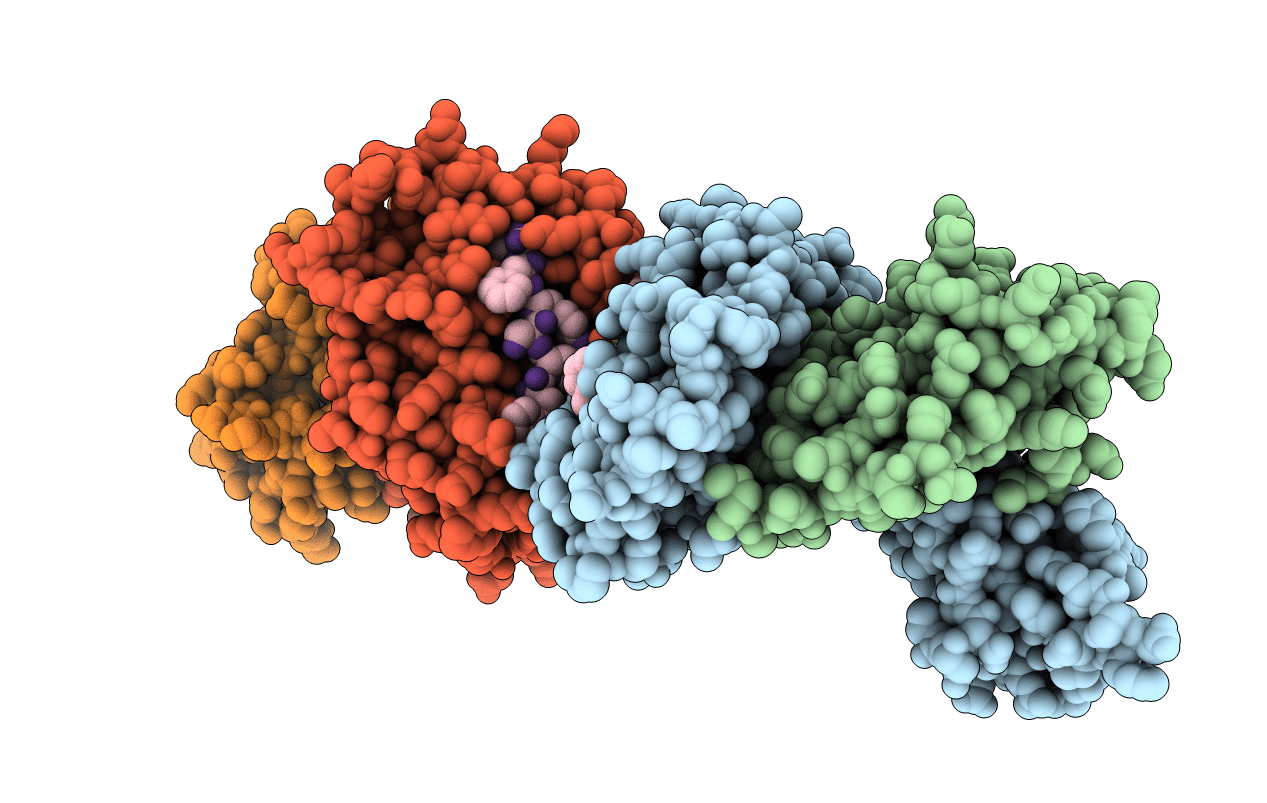
Deposition Date
2009-07-07
Release Date
2010-06-16
Last Version Date
2024-10-30
Entry Detail
PDB ID:
3I6G
Keywords:
Title:
Newly identified epitope Mn2 from SARS-CoV M protein complexed withHLA-A*0201
Biological Source:
Source Organism:
Homo sapiens (Taxon ID: 9606)
Host Organism:
Method Details:
Experimental Method:
Resolution:
2.20 Å
R-Value Free:
0.24
R-Value Work:
0.20
R-Value Observed:
0.20
Space Group:
C 1 2 1


